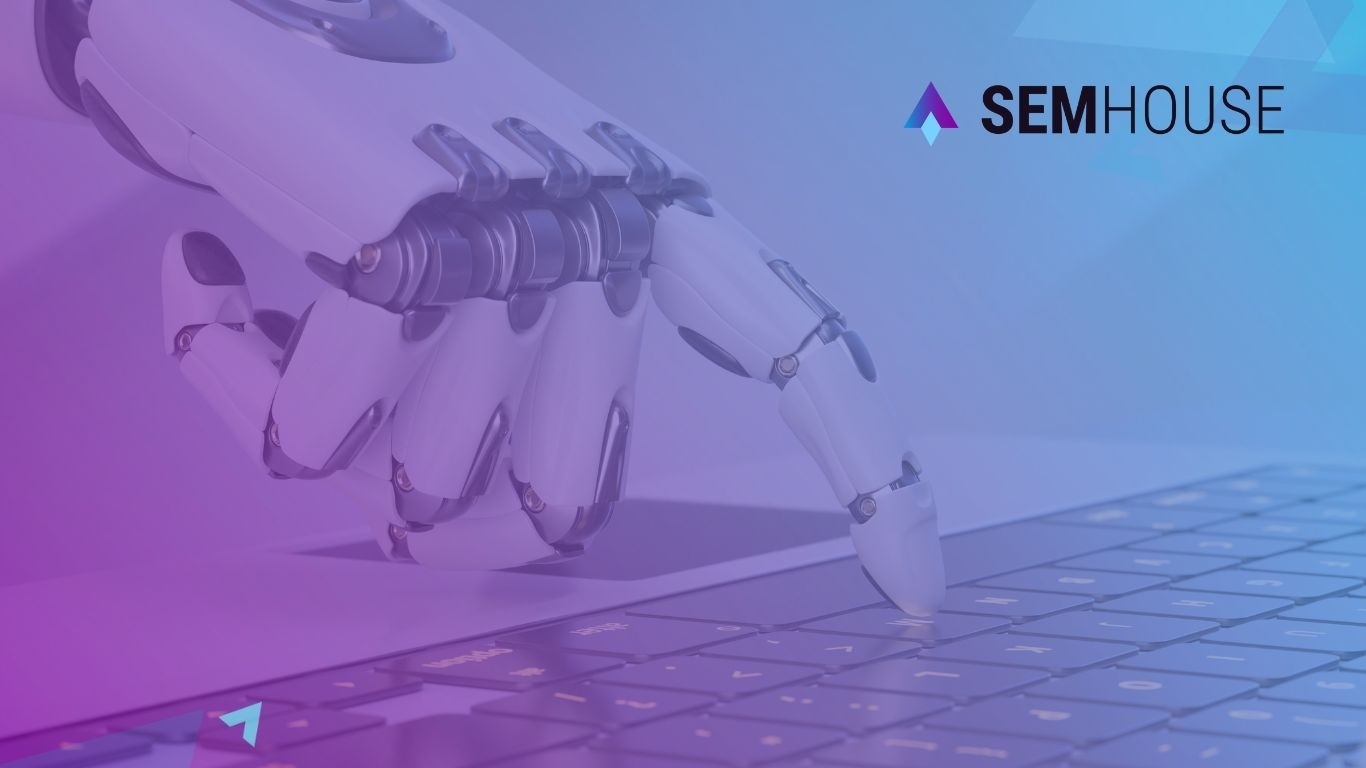AI broke into our daily lives quite recently. Just a few years ago, the world saw for the first time how ChatGPT works. It became the first AI product for most users around the globe. Not much time has passed, and leading global companies have begun launching their own alternative products. News headlines were filled with announcements of new AI solutions:
- Google presented Gemini
- Anthropic — Claude
- Microsoft — Copilot
- In China, DeepSeek appeared
- In the USA, company X (formerly Twitter) launched its own AI
AI began to develop at a tremendous pace. Almost every day, information appears about new applications based on artificial intelligence.
What has changed in business processes with the emergence of AI?
When artificial intelligence began to be actively implemented in work processes, the forecasts sounded quite alarming. In 2024, Goldman Sachs analysts predicted that about 300 million jobs worldwide would be at risk of automation. McKinsey Global Institute even spoke of 400 million jobs by 2030. In mid-2025, forecasts appeared that half of entry-level white-collar positions could disappear within five years. This created the impression that we are facing a wave of mass layoffs and radical changes in the labor market.
But the actual results turned out to be significantly less dramatic than expected. By 2025, approximately 85–92 million jobs had been lost worldwide — a considerable figure, no doubt — but these losses were almost entirely offset by the emergence of new roles: from 97 to 170 million job openings related to the development of AI technologies. In the United States, for example, about 2.1 million jobs were cut. The most affected were professions dominated by routine operations — data processing, data entry, accounting, basic legal tasks, and customer support. However, at the same time, the market began actively creating new specialties: AI engineering, data analytics, artificial intelligence integration specialists, compliance and ethics experts.
Artificial intelligence did not “take” people’s jobs but rather changed their nature. What recently seemed like a threat has now become a powerful tool for increasing efficiency. AI can be imagined as a vast library or encyclopedia capable of instantly processing an incredibly large volume of information and generating a response based on its analysis. It’s important to understand: AI does not invent data from scratch, as it is not a human being. It is a complex system that works with existing information, identifying keywords and determining semantic connections between them to provide the most relevant response.
Where does AI get all the information from?
From everywhere possible. First, an AI model needs to be trained. By “trained,” we mean loading a massive amount of information into the model. This can include e-books, any media resources, encyclopedias, articles, blogs, forums, publications, any publicly available knowledge bases, scientific materials, data from open libraries, open-source code (GitHub, Stack Overflow), technical documentation, solution and library examples, public conversations, Reddit, forum discussions, comments on posts, as well as artificially created examples. In other words, it is all the information that is publicly accessible and that developers were able to upload into the model.
How does AI mechanics work? AI does not search for information at the moment of a query like Google does. It operates based on the data received during training. That is, the information is loaded before the moment of use. The model does not memorize text word for word but learns patterns of language, facts, and structures — not the entire text in its original form. When a user makes a query, the system generates a response based on probabilities — what best fits the query — rather than simply searching for keyword matches online like a search engine. At the moment of the query, AI converts words into vectors (numerical representations). This allows the model to very quickly compute similarities and connections between words.
Let me explain using the example of ChatGPT. The model uses an architecture called Transformer and a mechanism called Attention, which analyzes the context of all words simultaneously rather than sequentially. This allows the system to understand the meaning of the text and check all words for matches at once, rather than individually for each word. Processing such a large amount of data requires powerful hardware. AI typically runs on graphic processing units (GPUs) or TPUs. This enables it to perform over a trillion operations in milliseconds.
Next, the AI system uses a probabilistic approach — that is, it selects the next word with the highest probability, taking the context into account. This process is repeated very quickly for each token (part of a word).
By understanding how AI works, one can see that it is not a conversation partner but a program that has access to a large database of words and sentences and generates responses based on the information you provide to it.
What are the models of AI use for business?
There are different models of AI use for business:
- You can try to develop and train your own AI model tailored to your needs and set the system response parameters specific to you. But currently, this is very expensive, and such resources are usually available only to large corporations.
- Or, if you are a business and want to implement the “mythical AI” into your processes, then with 99.99% probability you will be using a ready-made AI-based solution.
For example, below are examples of AI and ready-made programs that companies have developed based on their own AI models:
OpenAi models
- ChatGPT API
An interface for integrating an AI chat into your own applications. Suitable for: – Intelligent customer support in mobile apps or on web platforms. – Automation of responses in services.
- Assistants API
Creation of custom AI assistants for business tasks. Used for automating processes (responding to queries, content creation, assisting with internal tasks).
- Code Interpreter (Advanced Data Analysis)
Analysis of large volumes of data and working with Python scripts. Perfect for financial analytics and dashboard creation.
Google Cloud AI (Vertex AI)
- Document AI
Automatic processing and parsing of documents. Suitable for banks, fintech, leasing companies (KYC, contracts, statements).
- AutoML
Training models without writing code. Purpose: to quickly create a model for forecasting or scoring.
- AI Hub
Provides a quick start for tasks such as fraud detection or credit scoring.
Amazon Web Services (AWS AI Services)
- Textract
Text recognition from PDFs and scans. Purpose: automated processing of invoices and financial documents.
- Comprehend
Text analysis for sentiment and entities. Usage: brand mention monitoring, customer feedback analysis.
- SageMaker
Platform for model training. Purpose: custom AI solutions for forecasting and risk management.
Microsoft Azure AI (Azure AI / Copilot)
- Document Intelligence
OCR and form recognition. Usage: contract analysis, report processing.
- Azure OpenAI Service
Access to GPT in the Microsoft cloud. Usage: AI features in corporate solutions (CRM, ERP, search).
Anthropic (Claude (Claude 3.5)
- Claude API
Chat, text generation, data analysis. Purpose: compliance automation, legal document analysis, working with large volumes of text.
Fireblocks
- AI Integrations
Policy Engine + AI analytics. Real-time transaction monitoring. AML and sanctions compliance. Fraud protection in the crypto sector.
DocuSign AI (Agreement Cloud AI)
- Intelligent Insights
Contract analysis and risk assessment. For whom: legal departments, fintech, large companies with a high volume of agreements.
Salesforce Einstein AI GPT
- Einstein for Sales / Service: sales forecasting, CRM process automation. Purpose: improving the efficiency of the sales department and customer service.
This is far from a complete list of available AI modules. Each of these companies has created its own model and provided either an interface or user-friendly API documentation — and sometimes both.
If your company plans to integrate AI into business processes, the first step is to clearly define which specific problem you want to solve or which process you want to optimize. After that, you should choose a ready-made AI model or combine several solutions and form a list of tasks that need to be implemented. Most leading companies already offer convenient interfaces (for example, ChatGPT) or detailed API documentation, like Anthropic.
New AI solutions are emerging every day, and existing products are constantly expanding their capabilities: adding new use cases, improving models by training them on new data, and making interfaces even more user-friendly and intuitive.
But despite the fact that there are already structured services and ready-made usage scenarios on the market, the final result of AI integration depends on your business needs and level of creativity.
Key point: how to understand which specific AI implementation a company needs?
To understand which AI innovations a company needs, the first step is to analyze current business processes and identify the biggest “bottlenecks.” Ask yourself a few questions: where does the team spend the most time on routine tasks? In which processes do errors most frequently occur? Which stages can be automated without compromising quality?
Next, you need to define goals: whether it’s increasing the speed of request processing, optimizing costs, reducing operational risks, or improving customer experience. Based on this, a list of tasks is formed, and AI solutions are selected accordingly — from document workflow automation, chatbot implementation for support, to complex predictive analytics systems or anti-fraud modules.
It’s important to remember that AI should not be a “trendy tool,” but part of a strategy that delivers specific business results.
AI is no longer a technology of the future — it has become a real tool that helps businesses move faster, work more efficiently, and make informed decisions. But its implementation should not be chaotic.
The key to success is understanding your business processes, clearly defining your goals, and choosing those AI solutions that will bring the most value to your company.
Igor Nikolaiev, Technical Product Lead in Fintech and AI









